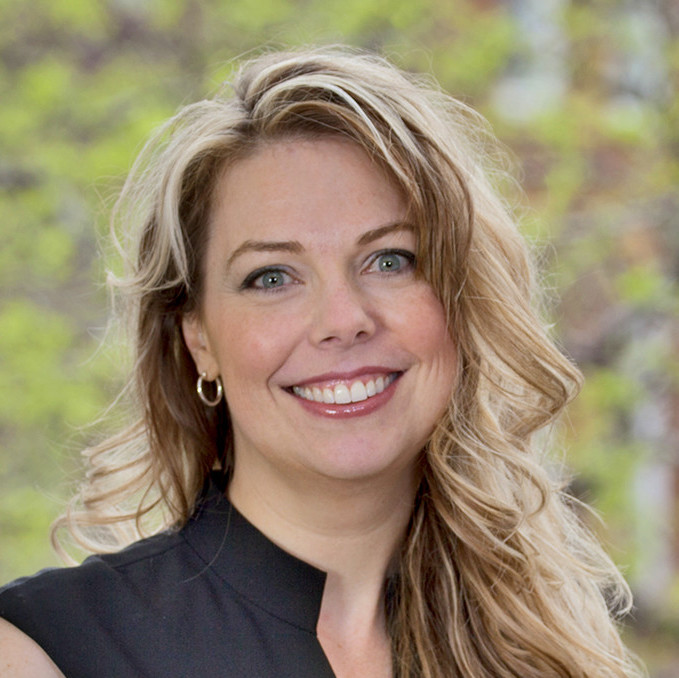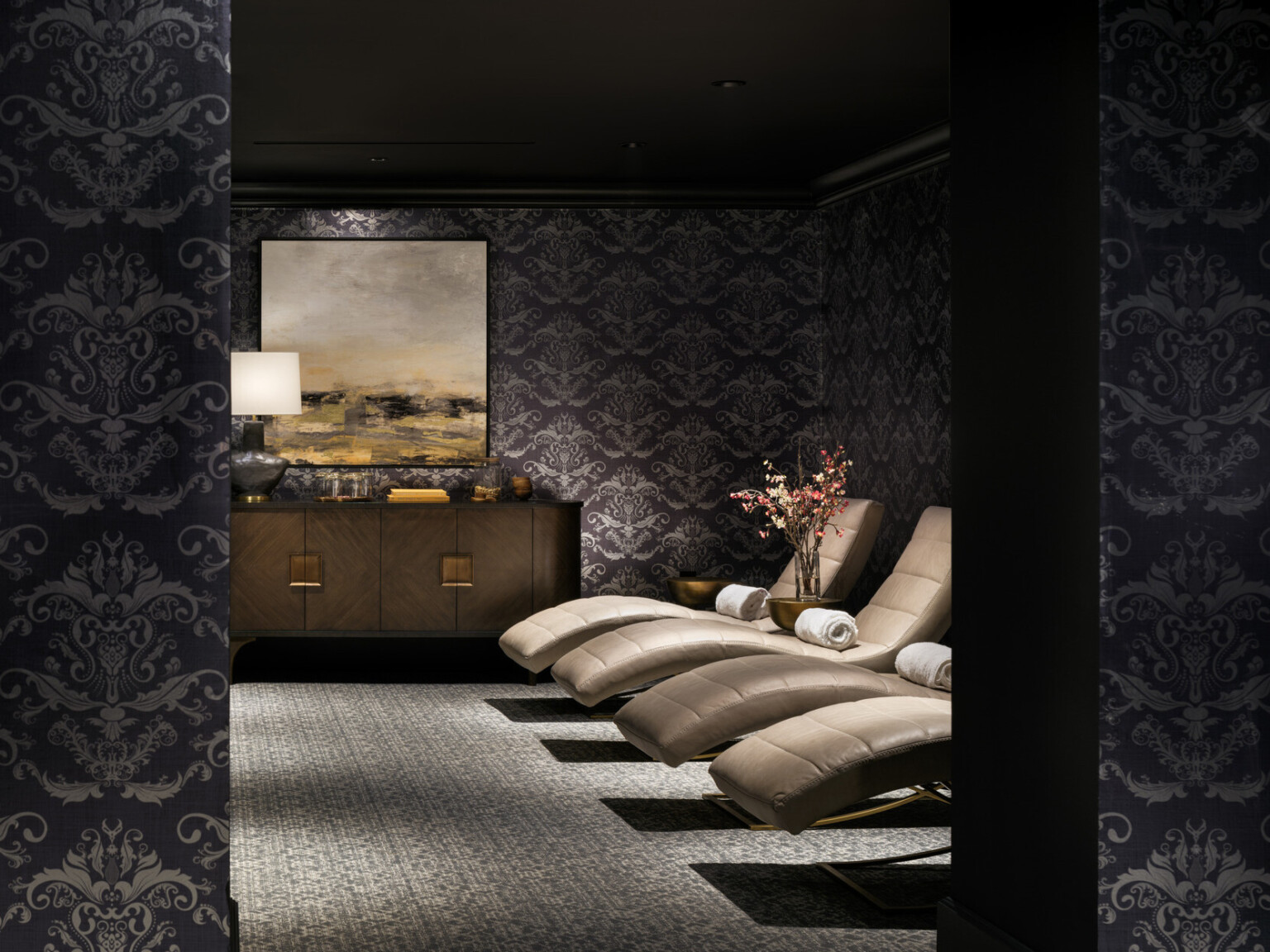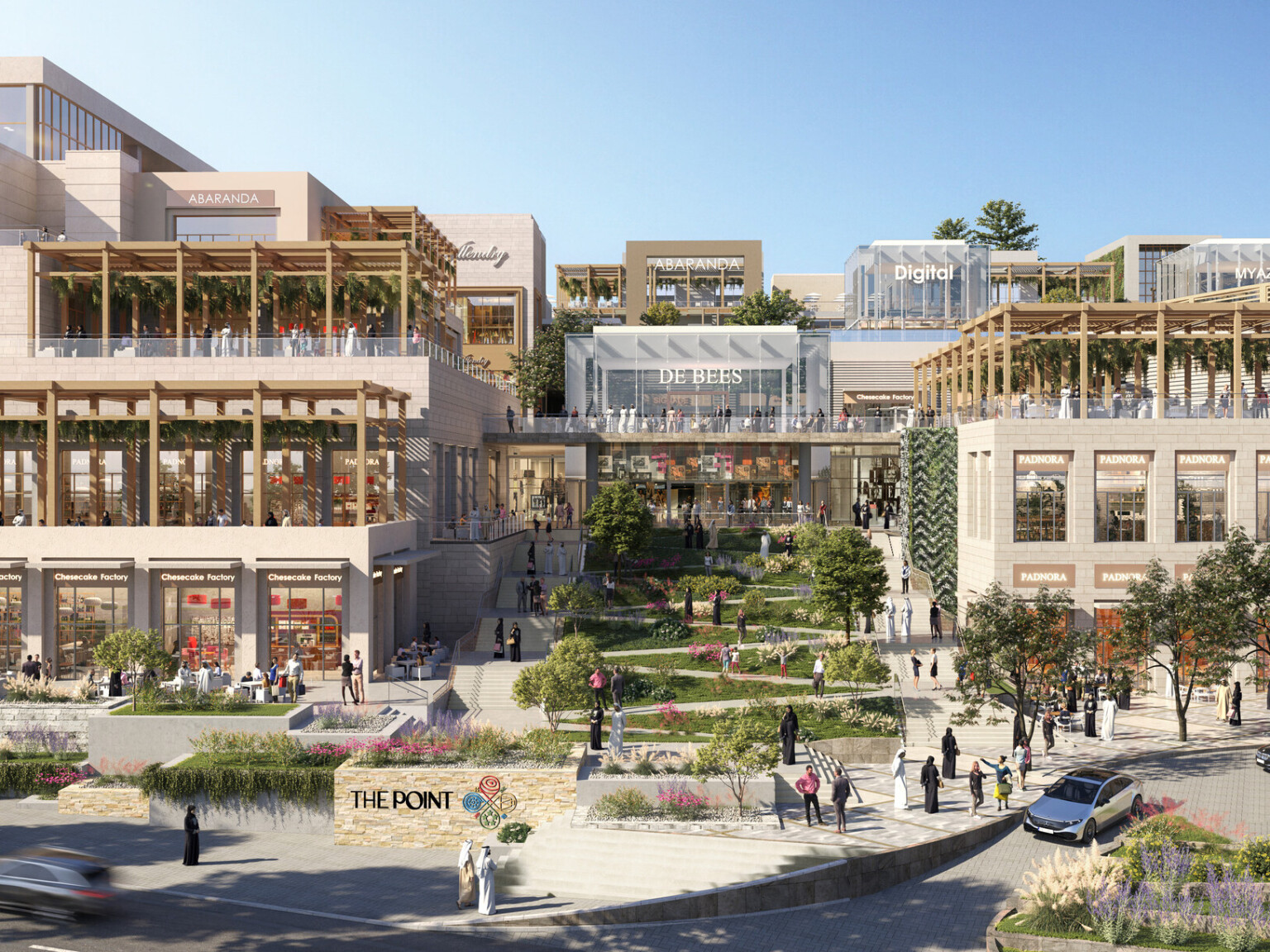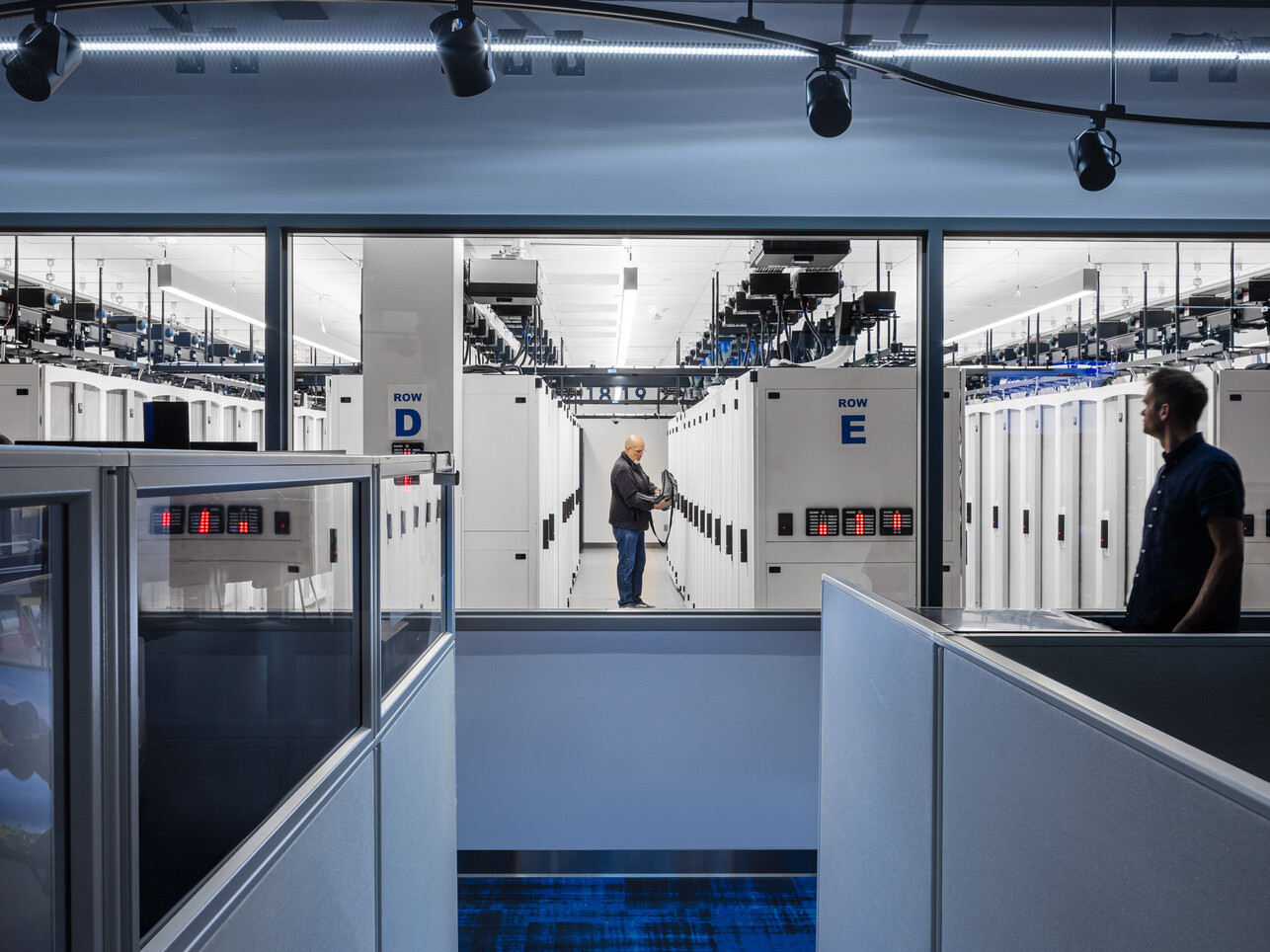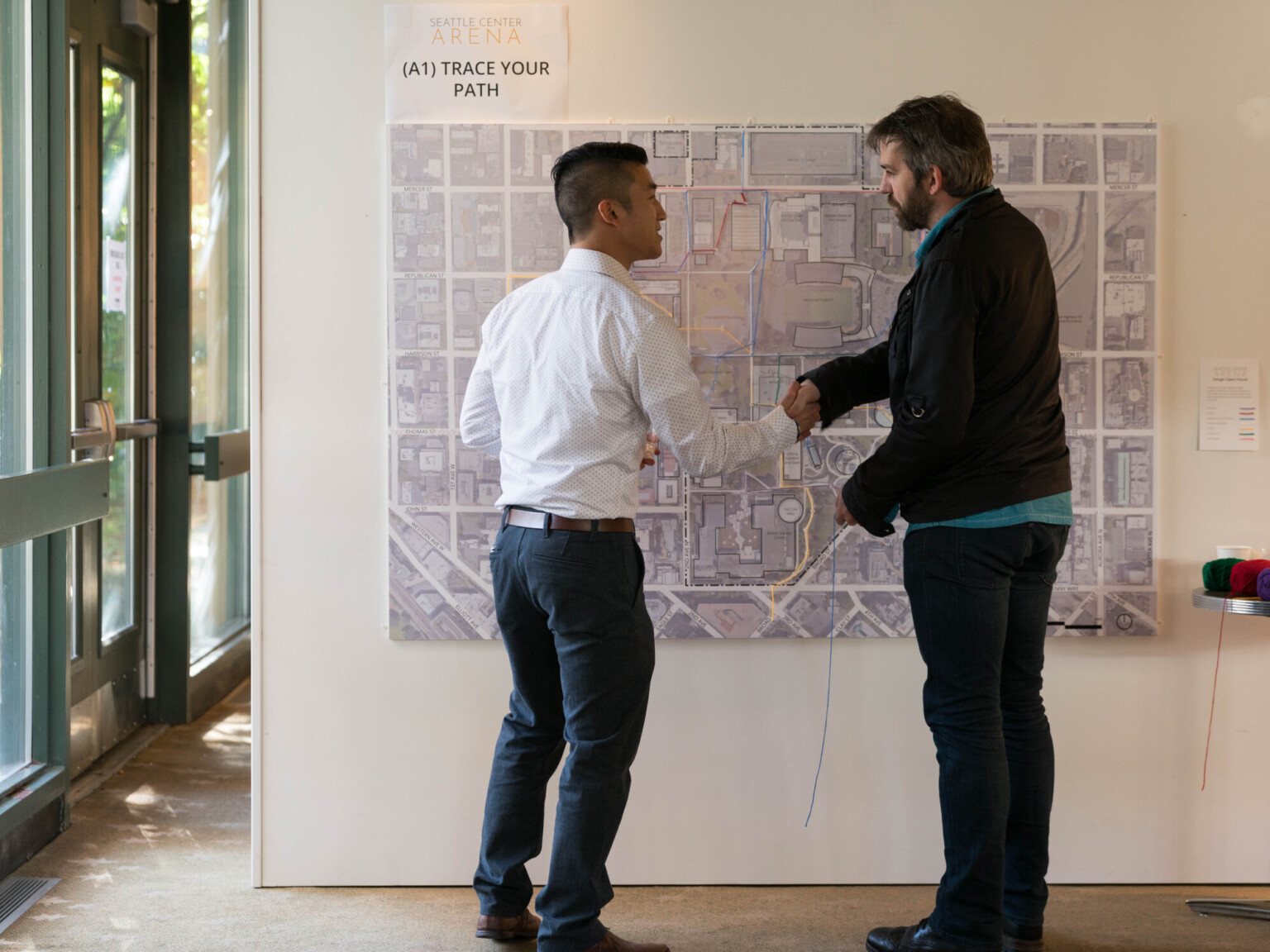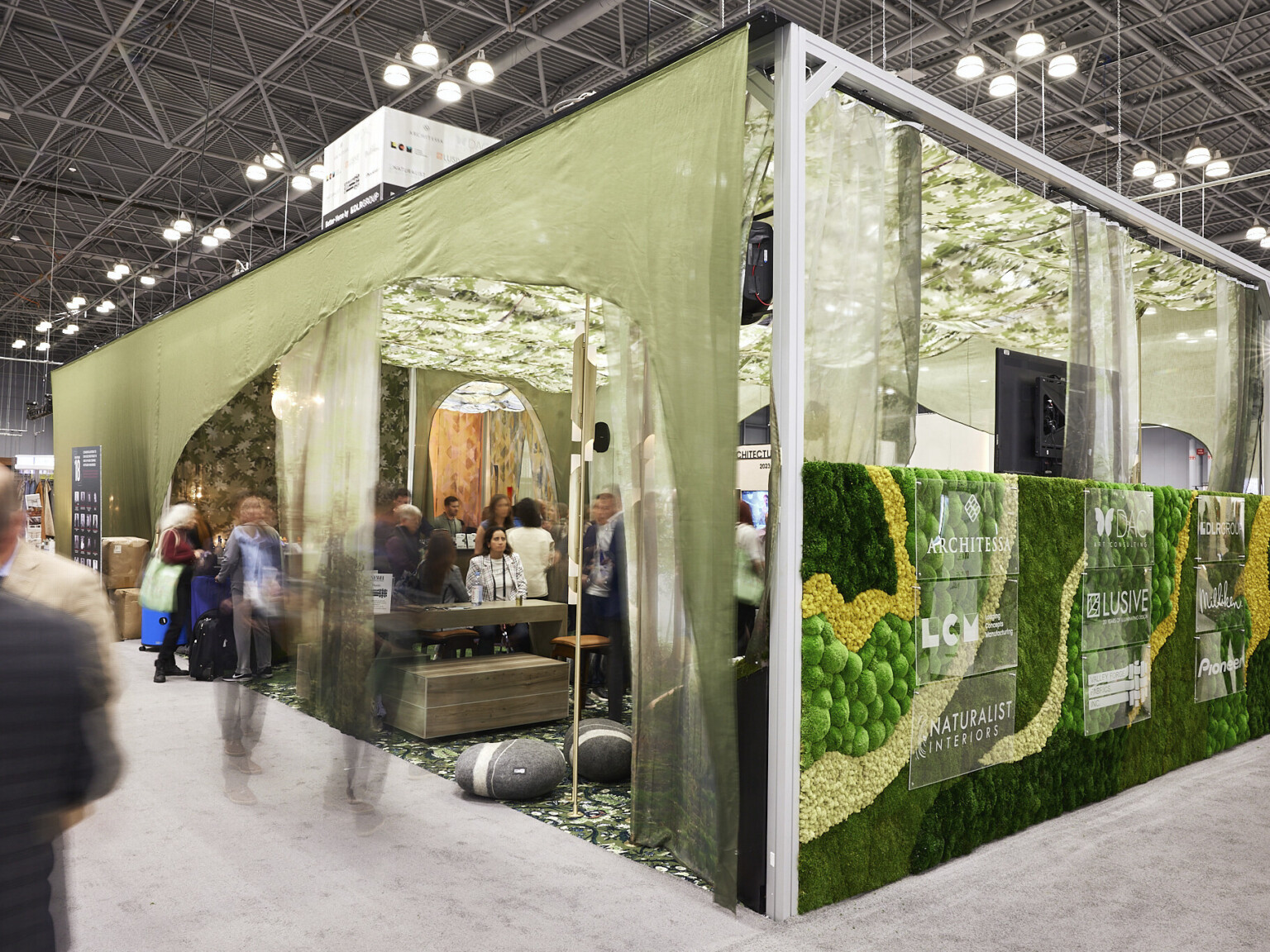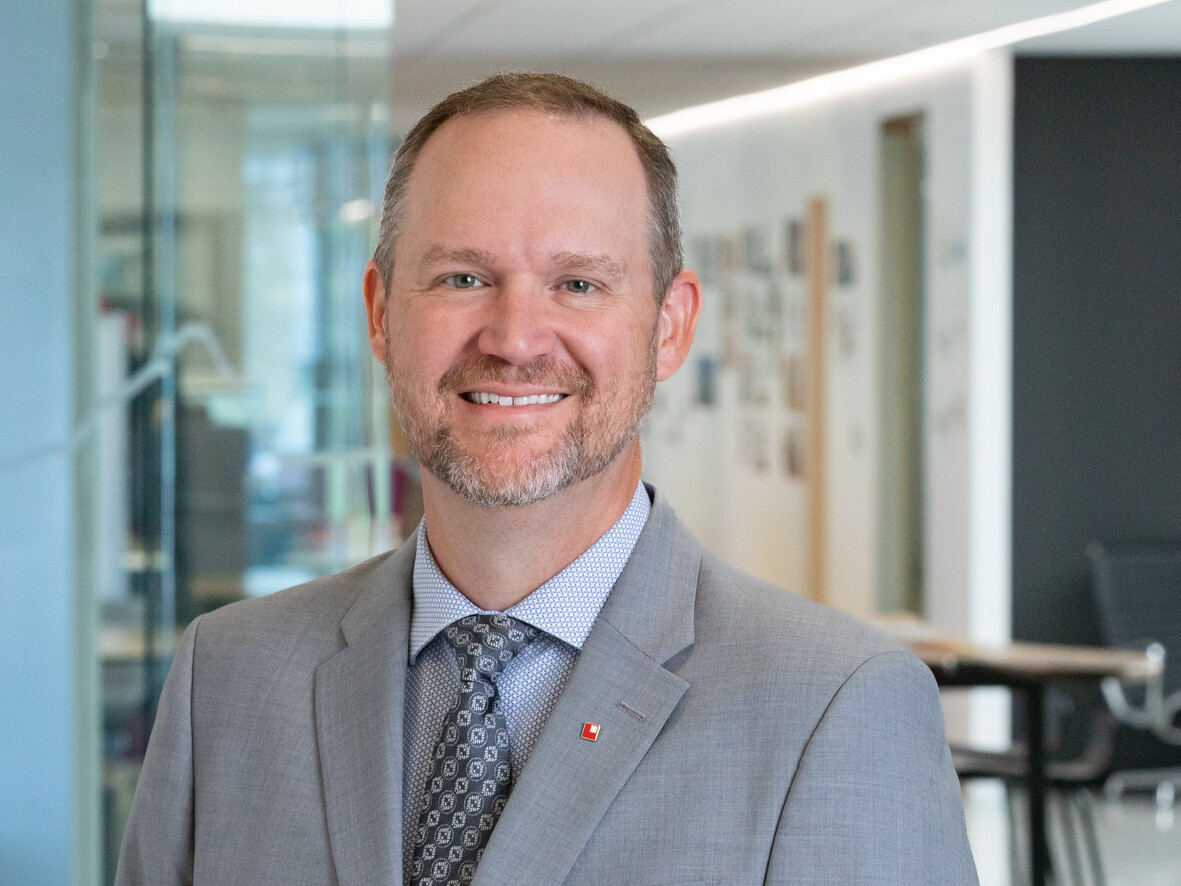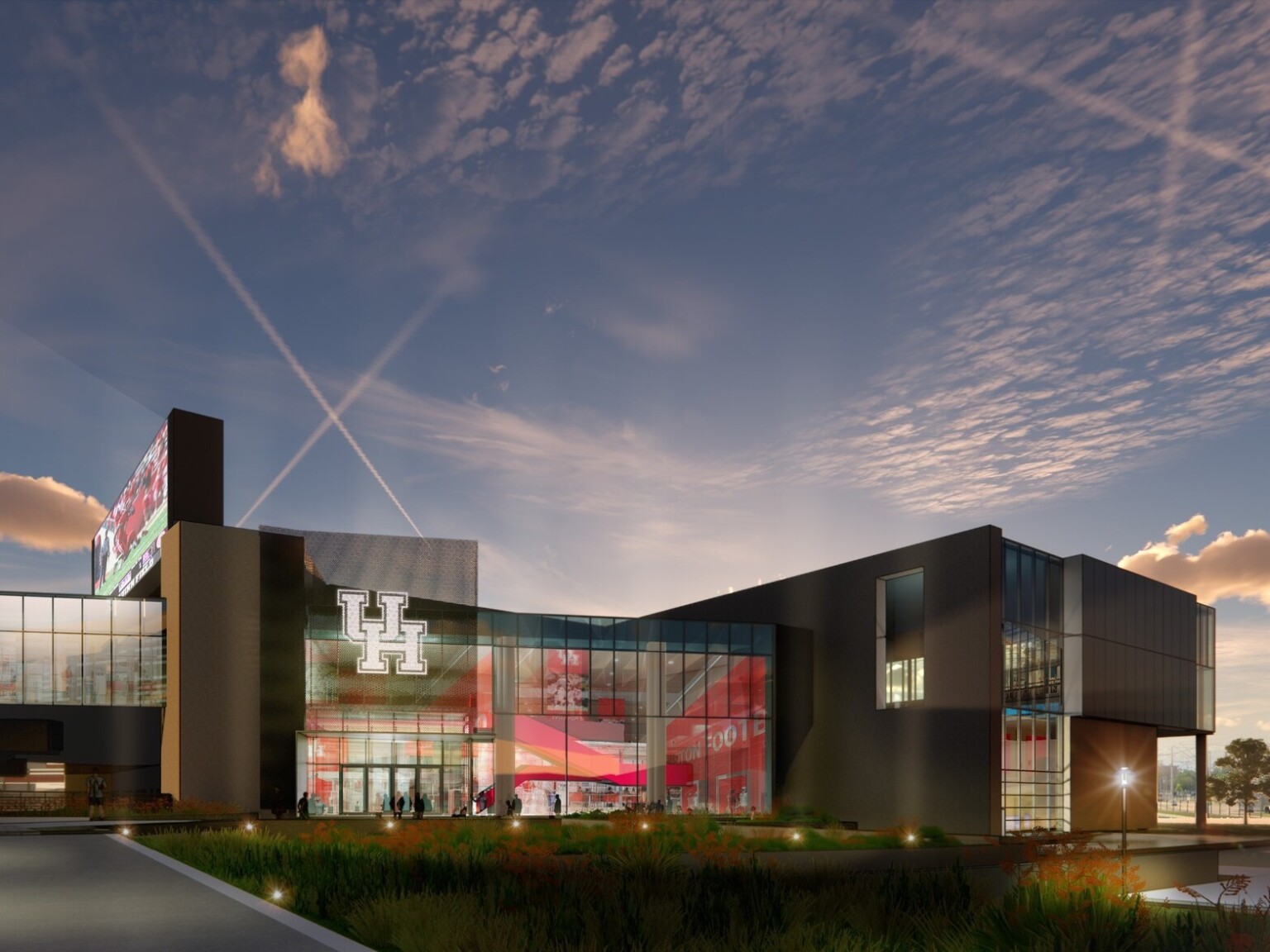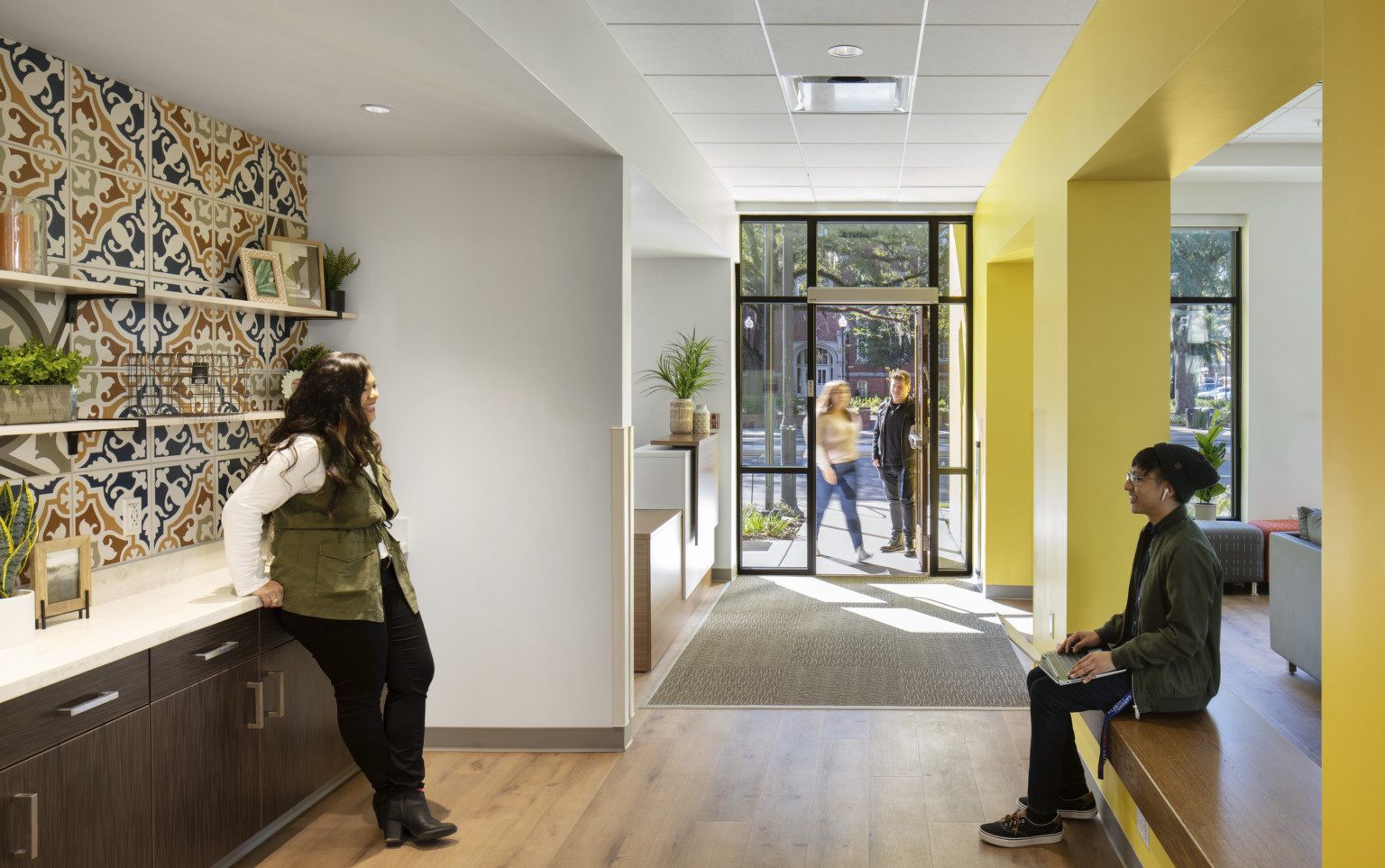
Instituting a “Door is Always Open” Approach to Academic Offices
Prior to the pandemic, campus real estate was at premium levels, with a small percentage of faculty and staff opting for more open and collaborative work environments. However, the pivot to remote work in spring 2020 accelerated and tested many of the initiatives that have been lingering around telecommuting and flexible working conditions, further reinforcing the need to rethink the traditional academic office concept.
While there may not be the desire or funding available to implement workplace projects in the near-term, right now is the time to engage with faculty and staff in conversations to identify aspirations, ideas, questions, and fears around the academic workplace of the future. The data collected during our Evolution of Campus research effort indicates that moving forward, as many as 15-to-20 percent of faculty and staff request a ”virtual” office or the flexibility to work outside of their assigned working space. This level of acceptance may be the driving force for more flexible academic office areas on campus as opposed to dedicated spaces, which will in turn, improve accessibility to faculty, meet students where they are, and enhance the overall student experience.
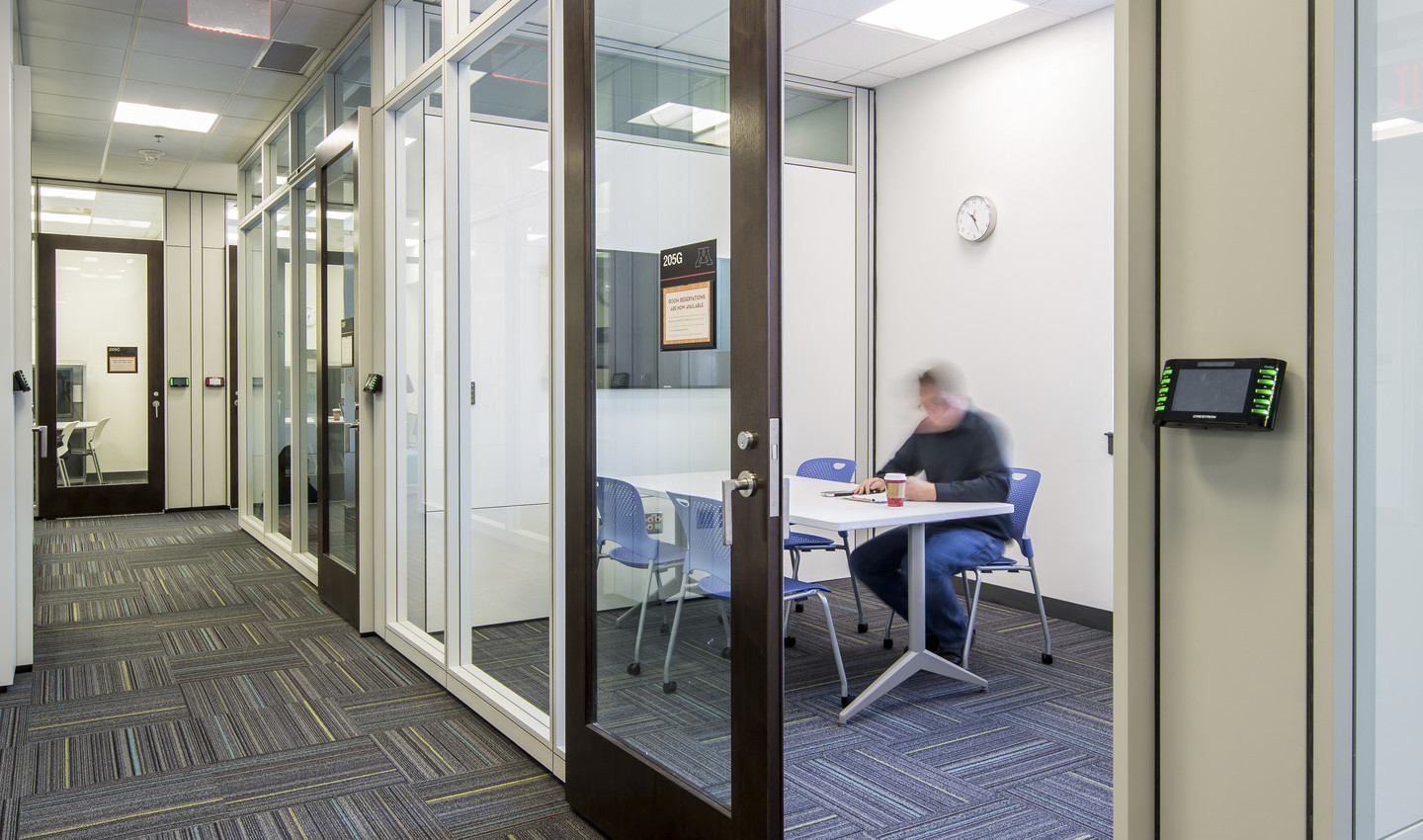
Designing a New Academic Office Experience
Faculty and staff, not unlike corporate employees, are exploring the portions of their job that can be done at home and the portions that require a trip to campus. According to this New York Times article, the mindset is a fairly consistent split amongst faculty and staff: one-third are ready to return to campus with the students, another one-third is willing to engage in a hybrid experience, and the last third is resistant to return to campus until a vaccine is presented. And it’s not surprising that those most concerned about returning to campus in this study are 55 years or older.
To entice faculty and staff back to campus, institutions must provide safe and secure work environments that rival the comforts of home. Spaces that truly enhance the total experience – physical, emotional, and virtual – will be key moving forward. Every individual on campus, including faculty and staff, has elevated expectations and continues to weigh the new comparative standard of an in-person versus virtual encounter.
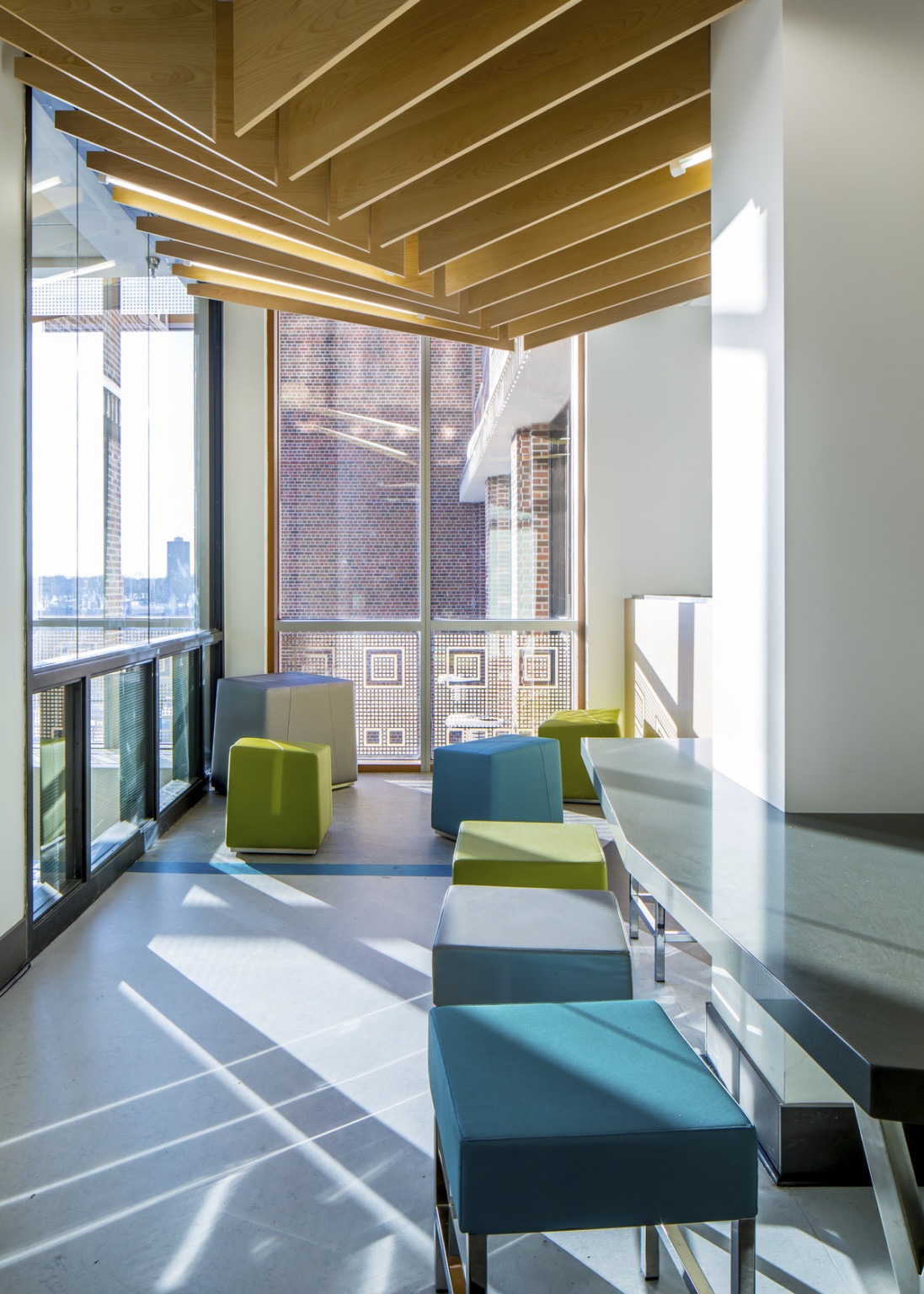
From my recent, personal conversations with clients across the country, faculty members have informed me that they are waiting for a critical mass of people to return to the office. They want those genuine connections that enrich the campus environment, such as intentional collision moments to mentor students on a personal level and collaboration opportunities to engage in meaningful conversations with large groups. As designers, we envision large floor plates of faculty offices being replaced by smaller suites of work settings that include a mix of private offices and touch-down zones. These suites could be designed so they are mobile and adaptable, easy to transform, and flexible enough to meet future space needs.
Long-Term Benefits
The pandemic uncovered one certainty: academic workplaces must be reimagined to be responsive, agile, and resilient, and appeal to a personal sense of safety, security, and the desire for respectful human interaction. While the recent shift to virtual office hours was done out of necessity, the concept has significant potential to become a long-term solution. It provides students with convenient and greater access to faculty, bolsters student-faculty relationships, and increases students’ desire to stay connected and succeed. And it offers faculty choice of how and where to work, whether on or off campus, and in an enclosed or open space. 2020 may forever be known as the pivotal year to the door is always open mentality at institutions across the country.
This narrative was completed as part of The Evolution of Campus research project and co-authored by Shawn Gaither.
